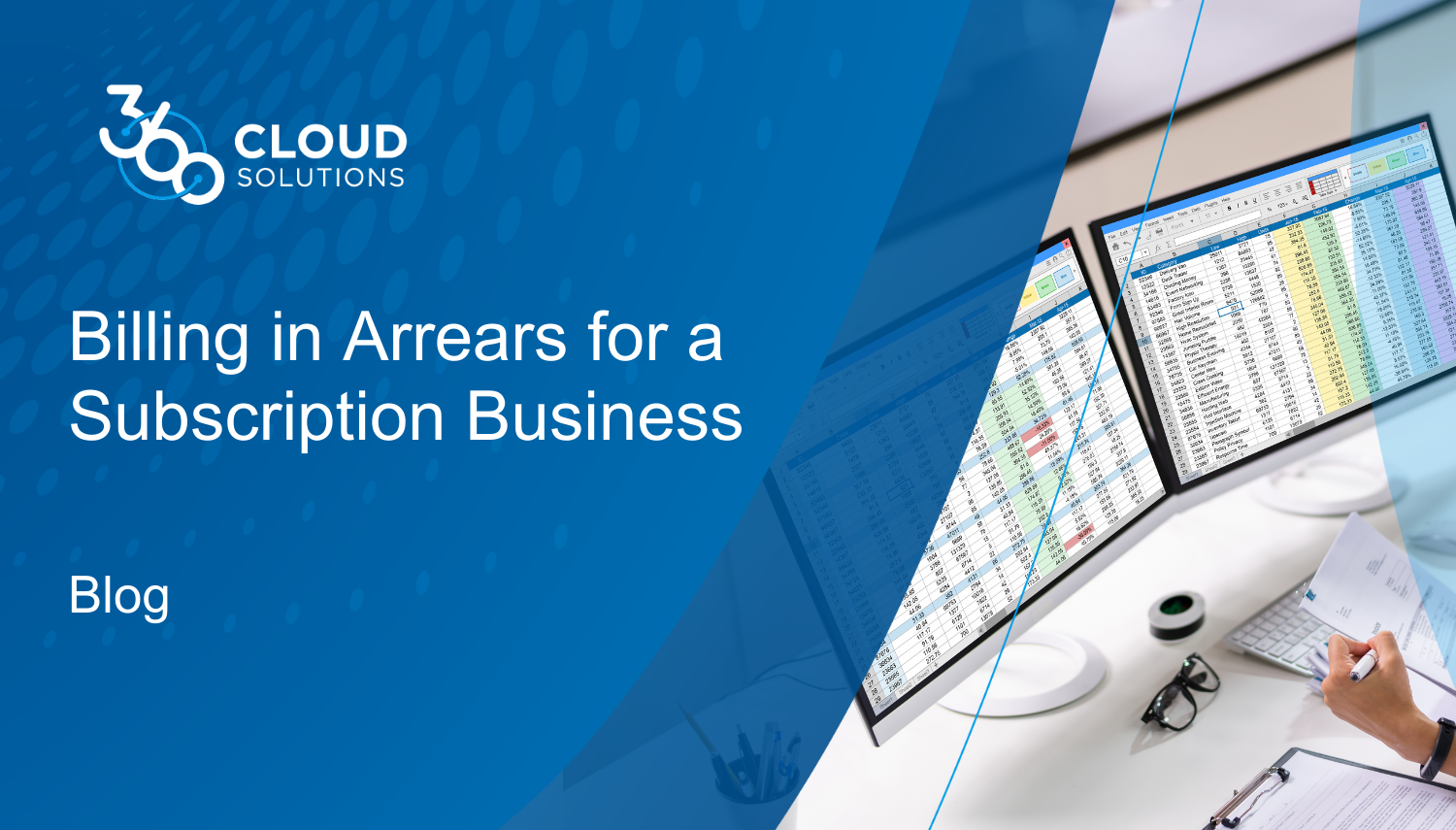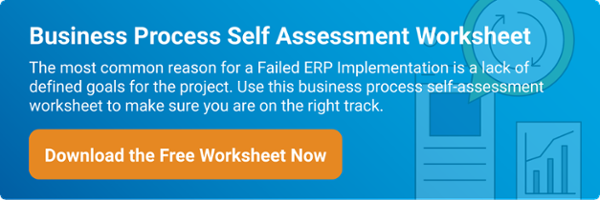
When determining when and how to bill your customers, one of the decisions you’ll have to make as a subscription business is whether you’ll be billing in arrears or in advance. In this scenario, billing in arrears refers to when your invoice is dated, AR aging begins, and the invoice is delivered to the customer for payment—after the service or product is fulfilled.
On the contrary, billing in advance is exactly what it sounds like: when the invoice is dated, AR aging begins, and the invoice is provided to the customer—prior to or upon the beginning of the billing period. While billing in advance is typically the recommended practice, there are certainly exceptions, especially with usage-based/consumption-model companies or those who have a mix of subscriptions and usage to be billed together on the same invoice. Let’s take a look at some of the pros and cons of billing in arrears and help you determine if it might work for you.

Isn’t billing in arrears old school?
Generally speaking, billing in arrears has been replaced with the more modern practice of billing in advance—but that’s not to say it’s old-fashioned or the “wrong way.” However, you should be aware of a few things when billing in arrears.
Cash Flow
It’s important to consider that billing in arrears will naturally cause a delay in cash flow since you will be performing services before payment is collected.
Late or Missed Payments/Collectability
In a similar vein, you always run the risk of not being paid by your customers for services rendered. If you bill in arrears and payments are late or not made, then you will have already provided service for the billing period and, potentially, may not be able to recognize that as revenue if it is no longer deemed ‘collectible’ per GAAP.
What these two things boil down to is that any capital or operating expenses that come due during the billing period will need to be paid out by other funds. Maintaining cash flow is one of the biggest and most frequent problems affecting businesses today and can be a make-or-break factor. Paystand cites that the average U.S. business has 24% of its monthly revenue held up in accounts receivable.
Pros of billing in arrears
Fewer and Easier Refunds
Subscription-based companies who bill in advance—SaaS in particular—frequently run into scenarios in which customers forgot about the product or service and were only reminded when the bill came due. However, when billing in arrears, invoices are issued after the service was performed, meaning there may be a lower chance of customers requesting a refund or downgrade during the current billing period. When a customer requests refunds or downgrades, it’s much easier to refund the whole payment or process going into the next billing period rather than prorating for the elapsed time.
Get Paid in Full
By billing in arrears, you can provide complete invoices that include usage/consumption-based charges during the prior billing period as you are requesting payment for services already rendered. For example, suppose a lawn maintenance company performs monthly service, and the customer requests extra fertilizer. In that case, the technician simply adds the line item to the invoice, and the customer is billed for exactly what was delivered.
Billing in arrears for usage-based subscription contracts
As you may have picked up, billing in arrears can be an appropriate method for businesses that provide usage-based plans since the invoice reflects what was actually consumed. With usage-based billing, there are several important factors to consider—especially if you are determining if and how your subscription billing platform can handle billing in arrears.
Data Tracking
How and where is usage data currently tracked? How is the data extracted from that system? Are any data conversions required in order to make the information useful for billing purposes?
Usage Charge Types
What types of usage charges do you bill for on a recurring basis? An event? Accumulated usage? A snapshot in time?
Rating
Are there any sliding metrics that affect the billable rate of contract line items such as minutes used, number of logins, entries submitted, etc.?
Billing in arrears in NetSuite
In keeping with best practices, 360 Cloud Solutions’ team of subscription experts typically recommends companies bill in advance. That’s why, out-of-the-box, both NetSuite SuiteBilling and 360 Subscription Billing—our Built for NetSuite Native SuiteApp—are typically implemented to billing in advance as much as possible.
For companies whose contract charges are heavily driven by actual usage incurred over the subscription period, 360 Subscription Billing supports billing in arrears and gives you control over when customers are invoiced. While 360 Subscription Billing was built to fully automate subscriptions billed in advance and usage billed in arrears, it also provides tools that make subscription changes and refunds easier and faster to process. NetSuite’s SuiteBilling, on the other hand, allows you to fully automate billing in arrears for both subscriptions and usage, providing an extra level of flexibility if your business or customers prefer to have everything billed in arrears—beyond just usage charges.
Deciding between 360 Subscription Billing and SuiteBilling comes down to your unique business needs and we can help you determine which solution is a better fit. We map solutions to your business requirements — not the other way around.
See how subscription billing in NetSuite can be easier. Request a custom demo today!
The scalability, flexibility, and customizability of NetSuite make it the best platform for a subscription-model business. Request a custom demo today.




